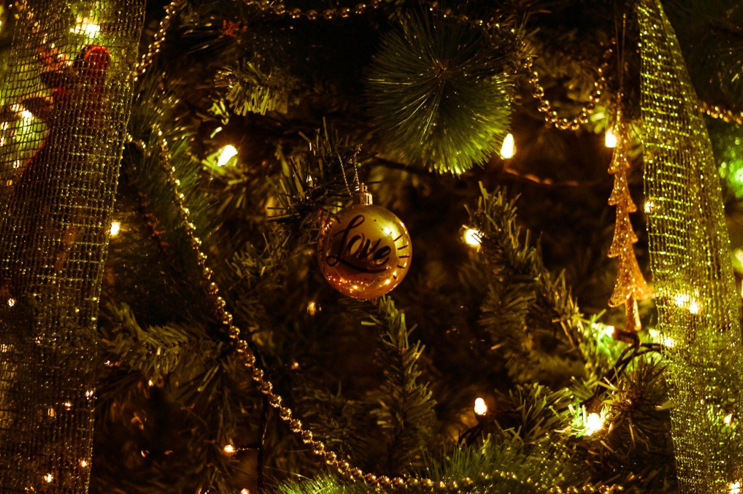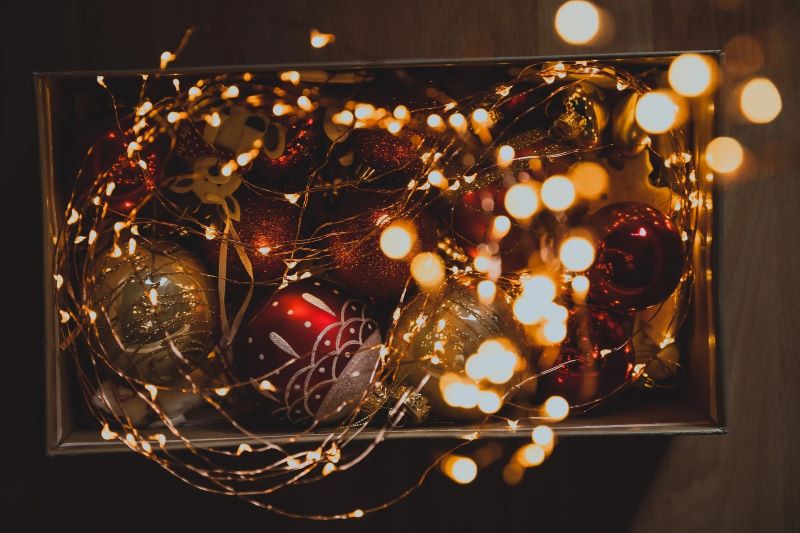The Eco-Friendly Advantage of Green Artificial Christmas Trees
Why Choose an Eco-Friendly Artificial Christmas Tree?
The holiday season is a time for togetherness, celebration, and giving back to our communities. However, it can also be a time of significant waste and environmental harm. The tradition of picking out a fresh Christmas tree each year may feel festive, but it’s also incredibly damaging to our planet. According to the National Christmas Tree Association, more than 25 million real trees are sold in the US yearly, and most end up in landfills.
Choosing an eco-friendly artificial Christmas tree is a responsible way to enjoy the holiday season while reducing your carbon footprint. These trees are often made from recycled materials and can last for many years, significantly reducing the environmental impact of your holiday celebrations. Plus, they’re usually more convenient and cost-effective than real trees, making them a win-win for your wallet and the planet.
The Advantages of Green Artificial Christmas Trees
So what makes a green artificial Christmas tree better for the environment? Here are just a few of the advantages:
1. No need to cut down a tree: Real Christmas trees are grown specifically to be cut down and sold, meaning they significantly strain our natural resources. Artificial trees, however, can be used year after year without harming any living trees.
2. Reduced waste: When you’re done with your artificial tree, you can pack and store it for next year. Real trees, on the other hand, often end up in landfills, where they can take years to decompose and release methane gas into the atmosphere.
3. No need for pesticides: The pesticides used to grow real Christmas trees can harm humans and wildlife. Eco-friendly artificial trees are created without the use of any pesticides, making them a safer alternative.
4. More sustainable materials: Many artificial Christmas trees are made from recycled materials like PVC, which means they’re saving trees and reducing waste. Companies increasingly use more sustainable materials like soy-based inks and natural wood for the tree’s trunk.
5. Cost-effective: While an artificial tree may have a higher upfront cost than a real tree, it can often be used for many years, making it a more cost-effective choice in the long run. Plus, you don’t have to spend money on a new tree each year, saving you time and money.
Tips for Choosing a Green Artificial Christmas Tree
If you’re sold on the benefits of choosing an eco-friendly artificial Christmas tree, here are some tips for finding the right one:
1. Look for recycled materials: Many companies now make artificial trees from recycled materials, so research different options before purchasing. Look for ones made from PVC-free materials, which are often the most sustainable.
2. Check for safety certifications: Make sure the tree you choose has been tested for safety and is certified by a reputable organization like UL (Underwriters Laboratories). This ensures that the tree has been manufactured to meet specific safety standards.
3. Choose the right size: Consider the size and shape of your tree before making a purchase. Smaller trees are often more sustainable since they require fewer materials and consume less energy during manufacturing.
4. storage plan: Before buying an artificial tree, ensure you have a place to store it during the off-season. A reusable storage bag or container can help protect your tree and ensure it lasts many years.
5. Invest in quality: When it comes to artificial trees, you often get what you pay. Investing in a high-quality tree may cost more upfront, but it will likely last for many years, ultimately saving you money in the long run.
In conclusion, by choosing an eco-friendly artificial Christmas tree, you’re reducing your carbon footprint and setting a positive example for others to follow. With so many sustainable options available, there’s no reason why we can’t enjoy the holiday season while also protecting our planet.




